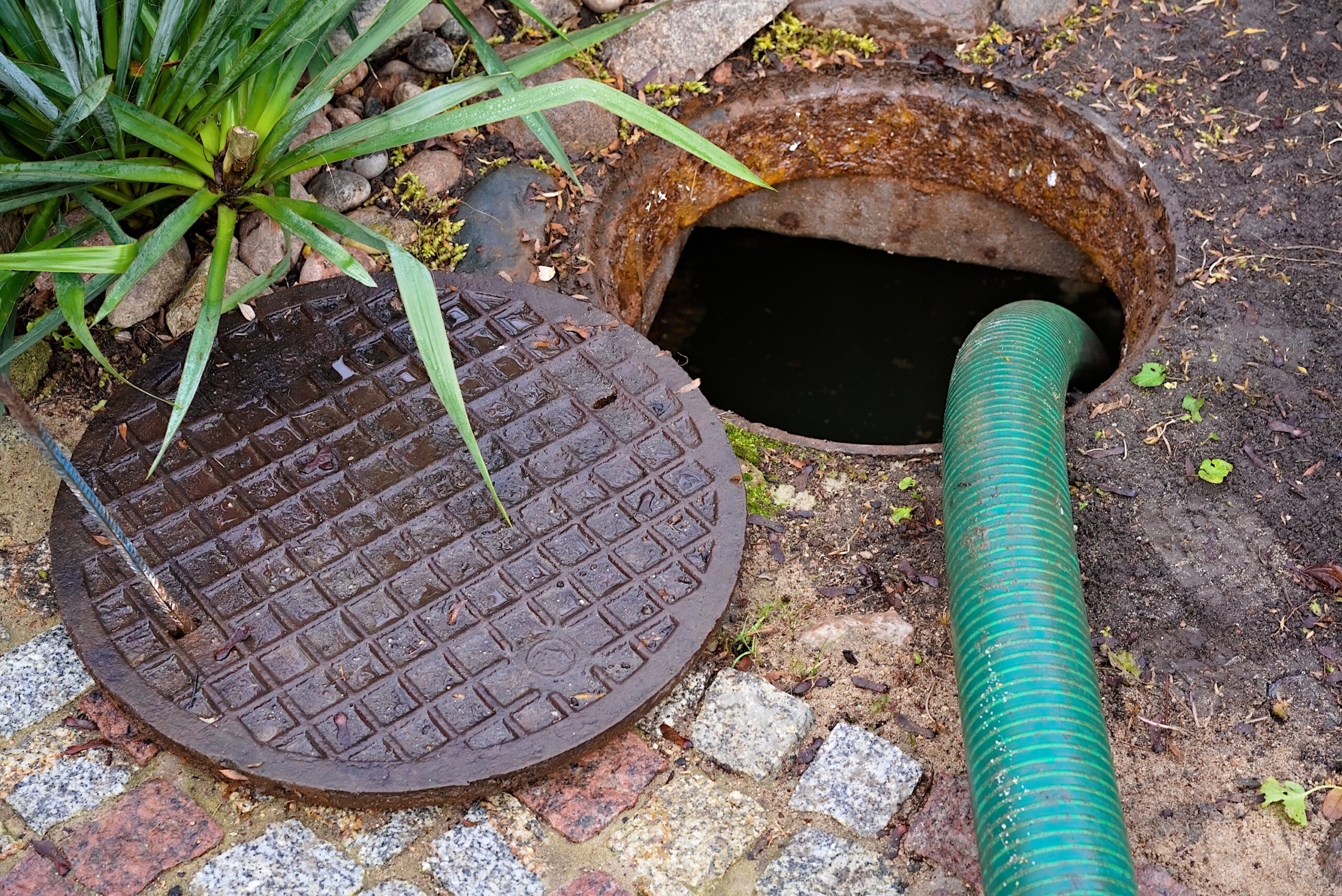Clean, pure water is a necessity for almost every form of life on this planet. However, continuing erosion and contamination of ground water can threaten natural ecosystems and may cause lasting damage to water tables, affecting the amount of available water for drinking, cooking, and cleaning in some areas. If you are part of the 25% of the US population, you likely have a septic system. Homeowners and property managers can take a few simple steps to prevent water pollution and protect the environment. Here are five small changes that can make a big difference in the quality of water and the quality of life in the community.
Reduce outdoor usage
It may seem trite, but one of the best ways to prevent water pollution is to use less of this precious natural resource. Runoff and erosion from over watering lawns and gardens is one of the biggest factors in the build-up of chemicals in the local water supply. By limiting outdoor watering to the bare minimum, homeowners can prevent fertilizers and pest control chemicals from contaminating water supplies locally and regionally.
Convert the septic system
Converting from a traditional anaerobic septic tank to an advanced aerobic septic system can provide significant environmental benefits. Because aerobic systems are far more efficient in purifying waste-water and breaking down solid waste in the system, overflow incidents and leaks are far less common. By converting to this more efficient septic system, homeowners can also reduce odors and promote a more wholesome atmosphere in and around the tank location as well.
Go low-flow
Inside the home or facility, installing low-flow faucets, shower heads and toilets can make a significant impact on the amount of water used by residents. This low-cost solution can save money on utility bills as well, making it a green-friendly way to put some extra green into the property owner’s wallet as well. Low-flow faucets provide just as much cleaning power as traditional varieties at a fraction of the cost in money and water.
Combat erosion with landscaping
Ground cover plantings can provide significant protection against erosion and runoff in lawn and garden areas. By planting hardy native botanicals in areas prone to washing away in heavy rain, homeowners can ensure that fertilizers and other treatments remain in place and stay out of streams, lakes and the underground water table. Added greenery can improve the appearance of the existing landscaping, making this a practical, and visually appealing strategy for water conservation around the home.
Check the plumbing
Unnoticed leaks can be responsible for excessive water usage and high utility bills. By scheduling a thorough check of the plumbing throughout the structure, homeowners can eliminate wasted water and enjoy lower utility bills as a result. If you are on a septic system, you should check your toilet flapper valve for leaks every 6 months. The simple test is to remove the toilet tank cover. Apply 4 drops of food coloring into the tank and replace the cover. After waiting 20 minutes, check to see if the dye appears in the toilet bowl. If the water remains clear the flapper valve is not leaking. If the dye is in the bowl repair the flapper valve promptly.
By taking steps everyday to reduce the amount of water used within the household and to prevent contamination of outdoor water supplies, homeowners can achieve significant cost savings while acting on behalf of the environment. Pure, wholesome water is a necessity for maintaining life and health. Protecting the water supply locally and globally can ensure a better and healthier environment now and in the future.











